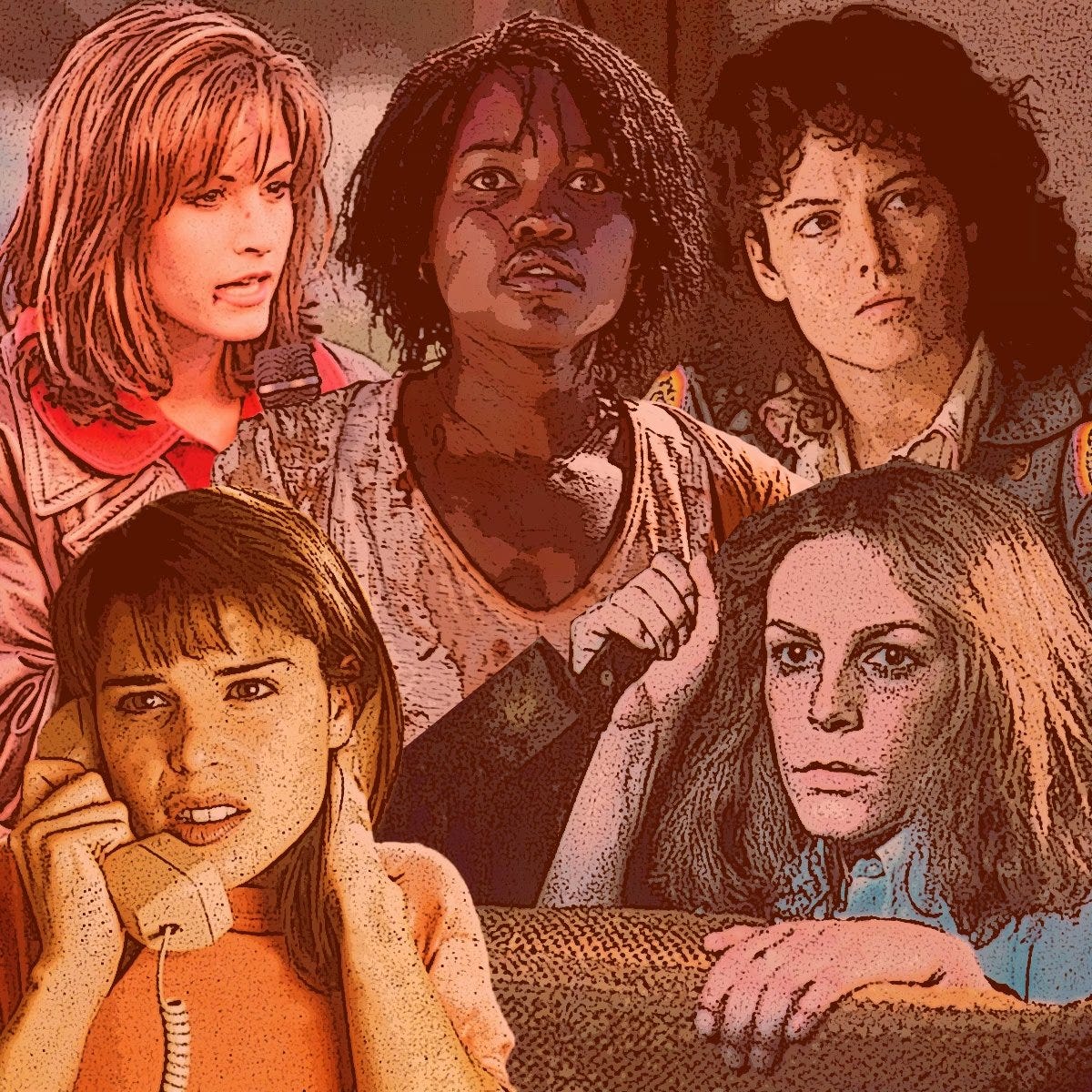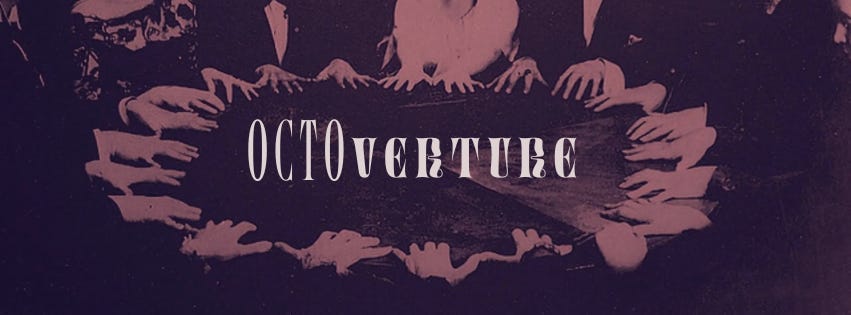Taking Revenge: The Final Girl's Final Straw
A Conversation with Director, Kristen Semedo on Her New Short Film: "Vermin"
If you’re a fan of horror movies, you’ve likely encountered the term “Final Girl” while perusing the sub-genres: slashers, creature features, found footage, etc… These are the women (sometimes girls) who are the last remaining characters to confront the monster, the killer, the paranormal entity, whatever the villain may be… Think of Laurie Strode in Halloween (1978), or Ellen Ripley in Alien (1979), Gale Weathers in Scream (1996), or even as recently as Maxine Minx in X (2022) . The trope is so ubiquitous in the horror genre that it can honestly take some time think of a movie without a Final Girl of some sort.
Through the modern lens, the trope of the Final Girl has developed overtime into something empowering for women. Through an endless amount of filmmakers adapting the trope and making commentaries on the origins of women’s role in horror movies, we have slowly come to accept and cherish this hallmark of the genre. But it wasn’t always this way.
The term “Final Girl” originates from feminist film theory. Originally coined by Carol J. Clover in her 1987 article, “Her Body, Himself: Gender in the Slasher Film”, which heavily critiqued the trend of the lone girl at the climax of horror movies. The trend seemed to begin with the damsel in distress trope of classic horror movies like Psycho (1960), or the Creature from the Black Lagoon (1954) where the “Final Girl” was a pure and innocent victim waiting to be saved from the monster by a strong, powerful man.
Overtime, and with the rise in popularity of Slasher movies like The Texas Chainsaw Massacre (1974) this dynamic shifted in a disturbing trend where pain and suffering (in a gratuitous sense) became part of the ethos of being a final girl. Author, Carol Clover identifies this as sadistic voyeurism from a male-dominated audience. The Final Girl must suffer, and we must relish in the violence.
Clover argues that for a horror film to be successful, it is necessary for this surviving character to be female because she must experience abject terror, and abject terror experienced by a man would read more as pathetic than terrifying to an audience. We have toxic masculinity to thank for that. For more on the abject, read my interview with Eventual Dance Company’s Caitlin Canty.
Enter: the female horror directors of the modern age. Well-read, well-watched, and sick and tired of watching women used as a fetishistic tool to express suffering and terror.
“I wanted revenge. I wanted to do this to a man.”
Director, Kristen Semedo tells me as she recalls her headspace when she first sat down to write “Vermin” her latest short horror film.
“In the classic campy Slasher film, Friday the 13th, the kill scenes for women have a run-time that is twice as long as the kill scenes featuring men. There is a gleefulness in these scenes that’s impossible to discount.”
Kristen’s film Vermin doesn’t completely remove this schadenfreude, but instead flips the gendered dynamic on its head.
The main character, Taylor is a recently divorced man who isn’t on his feet yet after a tumultuous divorce. The house that he and his ex-wife shared was mostly touched by her, and her artistic and domestic vision, but now she’s gone.
He’s forgetting to pay bills, he’s using the fine china for takeout because he won’t do the dishes. He’s gone back to being a bachelor as soon as someone was not there to take care of him and the house.
As he’s working though this emotional devastation, weird things begin to happen in the house. At first he doesn’t realize it, but soon enough he can’t hide from it anymore.
“With Taylor as the main character, it’s a bit of gleeful self-indulgence on my part, but it’s also a cautionary tale. There is a scene with Taylor where he get’s so close to taking some accountability, but at the last second he can’t bring himself to swallow his pride.
So really at this moment, he has sealed his fate. These outdated beliefs he has about gender and his behavior within a straight marriage is ultimately going to kill him.
Currently, Vermin is in post-production and will be released sometime early next year. For now you can support the project by following the film account on instagram and by watching the Seed and Spark campaign video featuring Kristen below and reading the Story page about the project. Also be sure to follow Kristen’s instagram account for fun behind the scenes footage!
I can’t express how pleasantly surprised I am at the support and exuberance I received from readers for this series. I hope you all have learned a bit more about the intersections of grief, illness, and horror through the lens of my personal and collaborative explorations.
I’m slightly sad that this is our last article of the series! What a way to go out! But… maybe there will be a special surprise bonus post next week for paid subscribers to round out the end of October, and the best holiday of the year. 🎃 Happy Halloween!
Keep reading with a 7-day free trial
Subscribe to A Body That Enjoys Itself to keep reading this post and get 7 days of free access to the full post archives.









